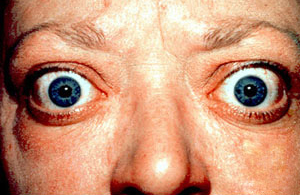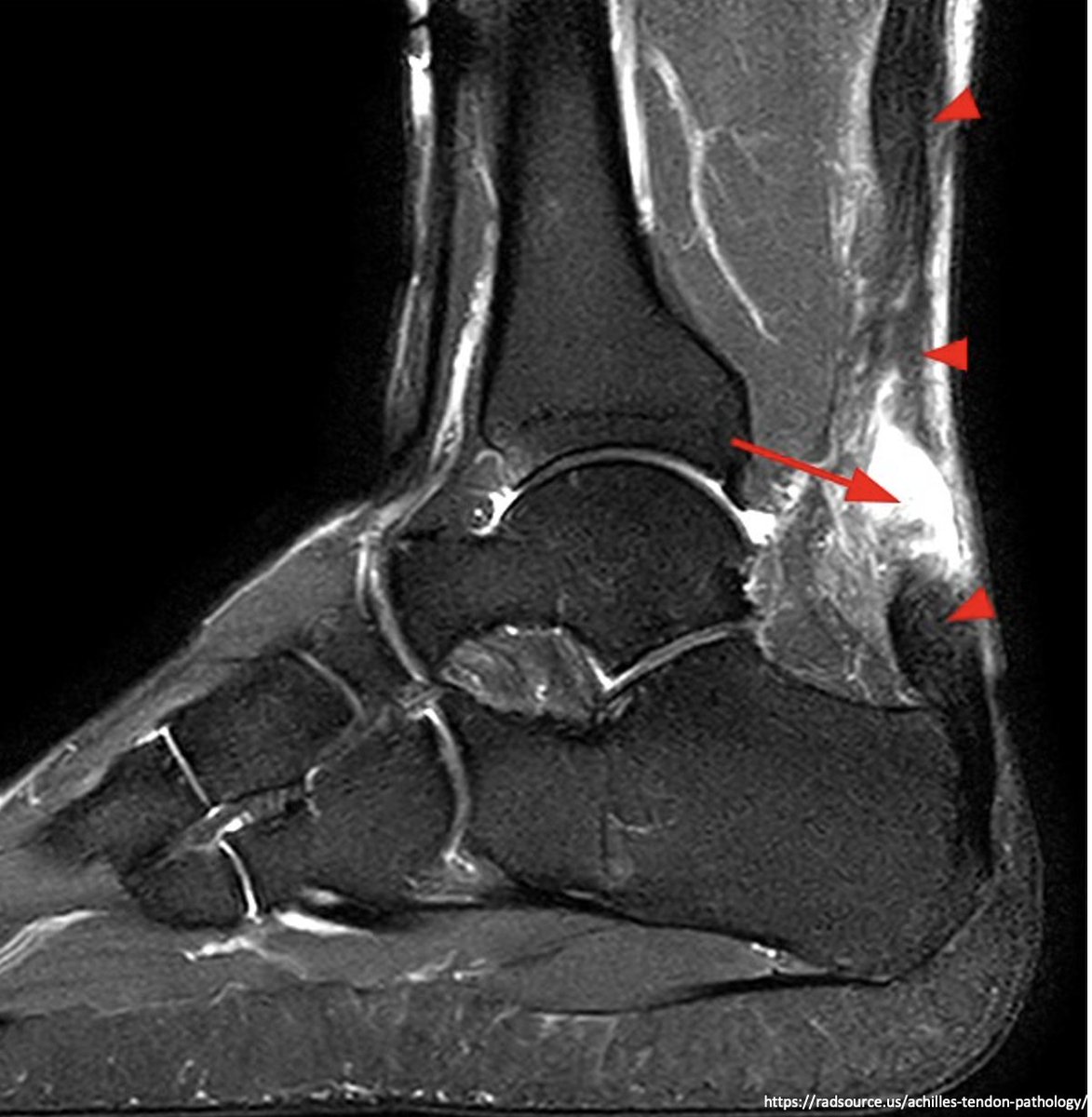1/
Many think that Van Gogh was "dig toxic" and that it impacted his vision and painting. Was that really true? This #tweetorial explores whether the great artist was actually toxic on digitalis.
#medtwitter #FOAMed #meded #medicalhumanities
Many think that Van Gogh was "dig toxic" and that it impacted his vision and painting. Was that really true? This #tweetorial explores whether the great artist was actually toxic on digitalis.
#medtwitter #FOAMed #meded #medicalhumanities

2/
First, we need to understand a couple of things:
▪️What ailed Van Gogh?
▪️How can digitalis affect vision?
First, we need to understand a couple of things:
▪️What ailed Van Gogh?
▪️How can digitalis affect vision?
3/
Many diagnoses have been applied to Van Gogh, from lead poisoning to porphyria.
Most historians believe his depression, mania, and convulsive episodes indicate:
⭐️Schizoaffective disorder
⭐️Epilepsy
Both of which were made worse by absinthe.
ajp.psychiatryonline.org/doi/full/10.11…
Many diagnoses have been applied to Van Gogh, from lead poisoning to porphyria.
Most historians believe his depression, mania, and convulsive episodes indicate:
⭐️Schizoaffective disorder
⭐️Epilepsy
Both of which were made worse by absinthe.
ajp.psychiatryonline.org/doi/full/10.11…
4/
After episodes of psychosis and self-harm (see: the famous ear-cutting incident) Van Gogh was admitted to the Saint-Remy asylum from 1889-1890. He was cared for by a Dr. Gachet and it is here that he may have been treated with digitalis.
Dr. Gachet 👇
After episodes of psychosis and self-harm (see: the famous ear-cutting incident) Van Gogh was admitted to the Saint-Remy asylum from 1889-1890. He was cared for by a Dr. Gachet and it is here that he may have been treated with digitalis.
Dr. Gachet 👇

5/
In the 19th century digitalis was used medically for many indications, from epilepsy to cough.
Visual changes are known side effects of digitialis, including yellow discoloration of vision (aka xanthopsia) and blurred halos around points of light.
binged.it/2WKsO5Z
In the 19th century digitalis was used medically for many indications, from epilepsy to cough.
Visual changes are known side effects of digitialis, including yellow discoloration of vision (aka xanthopsia) and blurred halos around points of light.
binged.it/2WKsO5Z

6/
So how might digitalis have affected Van Gogh’s art? Art historians have pointed to his “Yellow Period” which coincided with his prolonged hospitalization at Saint-Remy...
jamanetwork.com/journals/jama/…
So how might digitalis have affected Van Gogh’s art? Art historians have pointed to his “Yellow Period” which coincided with his prolonged hospitalization at Saint-Remy...
jamanetwork.com/journals/jama/…

7/
...As well as the famous halos in “Starry Night”, which he is thought to have painted from his window in the asylum.
...As well as the famous halos in “Starry Night”, which he is thought to have painted from his window in the asylum.

8/
So, what is the evidence that Van Gogh even received digitalis? It's all circumstantial:
➡️Digitalis was commonly prescribed at the time for his ailments
➡️He featured the digitalis plant in portraits of his physician, Dr. Gachet (red arrows below)
bit.ly/2X94fuM
So, what is the evidence that Van Gogh even received digitalis? It's all circumstantial:
➡️Digitalis was commonly prescribed at the time for his ailments
➡️He featured the digitalis plant in portraits of his physician, Dr. Gachet (red arrows below)
bit.ly/2X94fuM

9/
And there's actually ✅ evidence *against* the dig toxic theory...
And there's actually ✅ evidence *against* the dig toxic theory...
10/
✅ Analysis of Van Gogh's color palette over time revealed a gradual transition to predominantly yellow (rather than a sudden change that would be expected from a drug toxicity).
bit.ly/2ZNYxAl
✅ Analysis of Van Gogh's color palette over time revealed a gradual transition to predominantly yellow (rather than a sudden change that would be expected from a drug toxicity).
bit.ly/2ZNYxAl

11/
✅ Van Gogh rarely painted during his acute episodes, the times at which, if he was receiving digitalis, his serum drug levels should have been highest.
ncbi.nlm.nih.gov/pmc/articles/P…
✅ Van Gogh rarely painted during his acute episodes, the times at which, if he was receiving digitalis, his serum drug levels should have been highest.
ncbi.nlm.nih.gov/pmc/articles/P…
12/
✅ And Dr. Gachet is reported to have tested Van Gogh's vision, including color perception, and found it be normal.
ncbi.nlm.nih.gov/pmc/articles/P…
✅ And Dr. Gachet is reported to have tested Van Gogh's vision, including color perception, and found it be normal.
ncbi.nlm.nih.gov/pmc/articles/P…
13/
To sum up, was Van Gogh really dig toxic as is commonly supposed?
While it is very possible he received digitalis for epilepsy and his mood disorder, the evidence suggests he simply liked the color yellow.
What do you think?
To sum up, was Van Gogh really dig toxic as is commonly supposed?
While it is very possible he received digitalis for epilepsy and his mood disorder, the evidence suggests he simply liked the color yellow.
What do you think?
• • •
Missing some Tweet in this thread? You can try to
force a refresh

























